Innovation driven by Africans
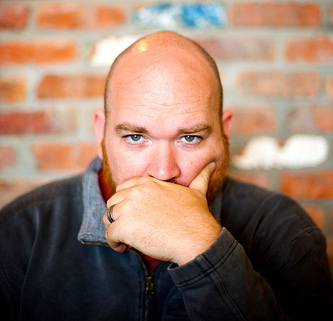 In many African countries power cuts and poor access to the internet are common. But this is just one way of looking at the continent. Another way is to explore the dynamic and confident tech start-up scene brimming with creative ideas. Erik Hersman, technology blogger and co-founder of the internationally renown crowd-sourcing platform Ushahidi, is working to better connect African innovators. In Nairobi he founded iHub – a centre supporting a thriving technology community that has inspired more hubs across Africa.
In many African countries power cuts and poor access to the internet are common. But this is just one way of looking at the continent. Another way is to explore the dynamic and confident tech start-up scene brimming with creative ideas. Erik Hersman, technology blogger and co-founder of the internationally renown crowd-sourcing platform Ushahidi, is working to better connect African innovators. In Nairobi he founded iHub – a centre supporting a thriving technology community that has inspired more hubs across Africa.
On Twitter Hersman is known as @whiteafrican – he grew up in Kenya and Sudan and these days lives in Nairobi. If you’re looking into innovation in Africa you can’t go past Hersman. He’s an expert on the technology landscape of the continent – which is completely different to Europe or the USA. At the recent German internet conference, re:publica, Hersman presented the prototype of a mobile router designed to provide an internet connection even in remote and difficult conditions. This battery powered device called BRCK can switch between ethernet, WiFi, and 3G or 4G mobile phone networks and allow up to 20 users to connect to the internet. DW Akademie’s Steffen Leidel caught up with Erik Hersman at re:publica in Berlin to talk about innovation in Africa.
![]() read more
read more
Bloodshed in the news – dealing with graphic images
Every natural disaster, shooting, terror attack or war nowadays triggers a flood of horrifying and violent images. Gone are the days when only press photographers captured grief and terror with their lenses. In the digital age, bystanders can also snap shots of severed limbs and burnt corpses with their phones and cameras and upload them directly online.
How should media organizations handle such graphic images? When is it justifiable to publish photographs of the injured, the dying and the dead? Is it sensationalism to splash the bloodied body of Libya’s dead dictator Muammar Gaddafi across the front page of a newspaper? Is it appropriate to print photos of children killed by bombs in Syria? What about the images of victims, some with shredded limbs, that were published following the Boston marathon bomb blasts?
![]() read more
read more
Getting started with video for the web: Part 2
 In our first post on Getting started with video for the web, we looked at some of the basic equipment for video production you would need to think about using; important considerations for filming such as lighting and audio; as well as some of the essential skills to practice before hitting the record button.
In our first post on Getting started with video for the web, we looked at some of the basic equipment for video production you would need to think about using; important considerations for filming such as lighting and audio; as well as some of the essential skills to practice before hitting the record button.
Remember, your camera is a tool for telling stories and no camera is perfect for every situation you’ll encounter. Importantly, try to become familiar with the operation of your camera.
– Know how to operate the focus controls
– Know how to manually adjust the main exposure settings of S-I-N-G: shutter speed, iris, neutral density and gain;
– Know how to adjust audio settings
– Know under what conditions your camera produces its best images
– Know the limitations of your camera: this will help your planning and workflow
Really, what it comes down to is practice. Video for the web offers you the chance to use almost any camcorder. But no matter what camera you have, you need to start clocking up the hours of using it under a variety of conditions. Practice. When you are comfortable and confident in using your video camera you can concentrate more on your story.
In this post, while you’re still practicing with your camera and equipment, we’ll introduce some basic video for the web formats that will hopefully offer some ideas that you could apply or adapt to your online stories and newsroom workflow.
![]() read more
read more
The state of press freedom
 Supporting free and independent media is a fundamental part of DW Akademie’s mission.
Supporting free and independent media is a fundamental part of DW Akademie’s mission.
On this year’s World Press Freedom Day, follow the “safe to speak” #pressfreedom and #wpfd conversation on Twitter and check out DW’s overview on the state of press freedom.
Because of the crucial role that journalists play, they are frequent targets of violence. According to UNESCO, more than 600 journalists have been killed over the past decade. In addition, journalists in some regions are surveilled and intimidated, or subjected to cyberattacks.
A number of Asian nations are particularly deadly for journalists. Mali, in Africa, has recently seen a downturn in press freedoms. In countries like Turkey and Tunisia, the courts are a preferred venue for silencing journalists who seek to publicize information that opposes the interests of the powerful. And in Southeastern Europe, business interests exert undue pressure on media.
Besides fostering a safe environment for journalists, laws need to be created and enforced to protect freedom of expression, which continues to be fundamental to democracy.
On World Press Freedom Day, DW takes a look at the state of press freedoms – and limitations upon them – across the globe.
Interview: journalism of the future
Everyone agrees that journalism is undergoing radical changes. But many questions still remain unanswered about what direction it’s taking. How will stories be told differently in a multimedial future? How will research change as social media, crowd-sourcing and data-driven journalism open up new sources of information? And importantly, how will journalists earn a living as ever increasing numbers of people consume their news online? German journalists Caterina Lobenstein and Amrai Coen sought answers to these burning questions by visiting journalists, bloggers and activists on a whirlwind trip around the world. DW Akademie’s Kate Hairsine talked to Caterina Lobenstein about the search for the journalism of the future.
![]() read more
read more
Online security: How to protect your email
In the previous post of our series exploring Online Security we looked at how journalists can surf the web safely and anonymously.
In this post DW Akademie’s Natalia Karbasova asked online security expert Jens Kubieziel for advice on email security for journalists as well as finding out how secure is Google’s Gmail and other established email services.
![]() read more
read more
Journalists@Work: Ljubomir Gatdula
In this installment of our Journalists@Work series, we talked to Ljubomir (Leo) Gatdula, a TV producer and reporter from the Philippines. Leo participated in two DW Akademie workshops in 2009, which both dealt with online journalism and web 2.0. The first one was held in Macau, the follow-up workshop took place in Bonn, Germany.
These days, Leo works for People’s Television, which is owned by the Philippine government. In this blog post, he gives us some insight into his work as a journalist in the Philippines.
![]() read more
read more
Appel à candidature
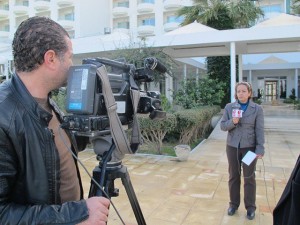 Dans le cadre du programme de coopération germano-tunisienne en matière de formation de journalistes et de communicateurs, la Deutsche Welle Akademie organise un atelier sur le thème “Communication politique”.
Dans le cadre du programme de coopération germano-tunisienne en matière de formation de journalistes et de communicateurs, la Deutsche Welle Akademie organise un atelier sur le thème “Communication politique”.
![]() read more
read more
Journalists@Work: Abubakari Yussif
In the next of our Journalists@Work series, we meet Abubakari Yussif. He’s a reporter with Radio Justice in Tamale, a bustling trading town in the Northern Region, one of Ghana’s poorest areas. Yussif has been working as a journalist for the past four years at Radio Justice where he reports for the news and current affairs department. As an avid sports fan, he also writes the sports news and occasionally presents a sports program. He works in Dagbani, the main language spoken in northern Ghana, and also reads the news in Gonja, his local language. He also speaks English, Twi and Hausa.
DW Akademie’s Kate Hairsine spoke to Yussif about his work and how proud he is to have come so far despite his poor background.
![]() read more
read more
Digital detectives fight photo manipulations
Ever since photography was first invented in the 1800’s, people have been doctoring images. From the army exaggerating military victories to dictators removing political figures who have fallen out of favor, photo manipulation has a long history. To give a recent example, North Korea released a photo of a military exercise showing hovercraft landing on a beach. But the eagle eyes of Alan Taylor from The Atlantic detected that several of the hovercraft were surprisingly similar to each other. It seems somebody with a penchant for copy and paste button had increased the size of the fleet.
It isn’t the first case of visual armament and it won’t be the last. Especially as manipulating photos has never been so easy. Although many doctored images may look clumsy like the hovercraft photo, there are countless image editing tools and apps out there that allow even amateurs to create changes which are almost undetectable to the eye. This is a huge problem for media organizations who are increasingly using images on social networks in their news reporting. And it seems even professional photojournalists can’t be relied on to resist the temptation to pimp their photos with Photoshop.
But how can media outlets ensure that a photo isn’t a fake? This is where computer specialists like Hany Farid come into play. Farid is a professor at Dartmouth College in the US, and a digital forensic scientist who advises media organizations and intelligence agencies on a photo’s authenticity. Farid is also involved in the Silicon Valley company, Fourandsix Technologies, which has released software that can check whether a photo has already been processed in some way. This is an incredibly challenging feat of computing that evaluates numerous parameters. In an interview with DW Akademie’s Steffen Leidel, Farid says even with such software, there will never be 100 percent protection against fake photos.
![]() read more
read more





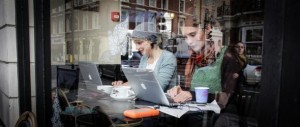

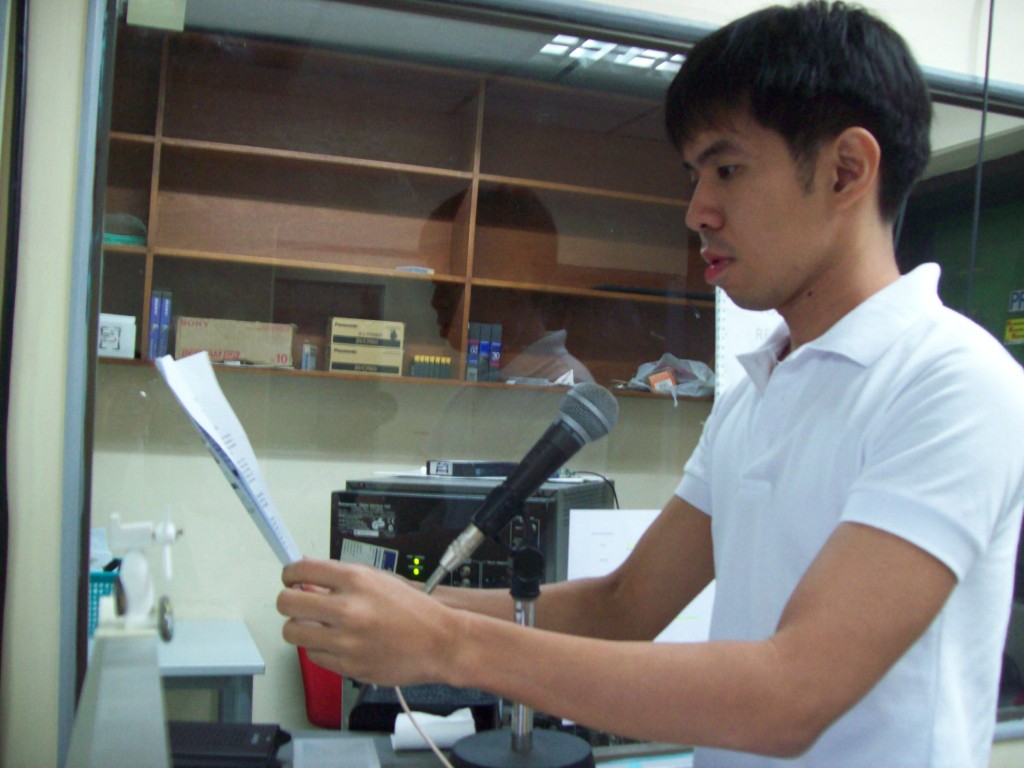
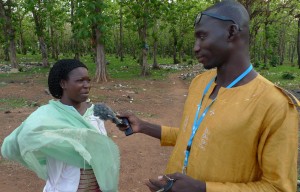
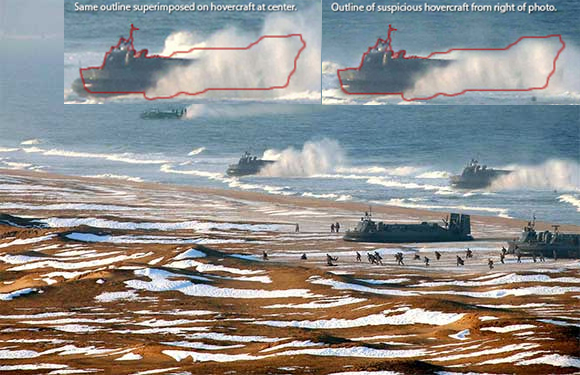




Feedback